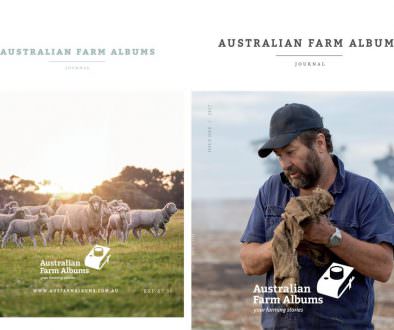Sheep Farming in Australia
At one stage it was said that Australia rode on the sheep’s back. Over the years there have been ups and downs with wool prices, from the “pound for a pound” prices of the golden years of wool in the 1950s, to the wool stockpile crisis and the abolition of the Reserve Price Scheme in 1991. In 2018 wool has had a resurgence, with prices for fine merino wool reaching the best prices in decades in the first half of the year. While merinos have traditionally been the mainstay of Australian sheep farming there are now more breeds of sheep than ever. Shedding sheep bred only for meat now make up a significant portion of the sheep flock in Australia, and there are a few milk-producing sheep milked for cheese-making.
The merino breed is developing to better suit Australian conditions. There are now fewer horned merino rams, and more polls, and sheep are being bred to have fewer wrinkles to try to combat fly strike.

The introduction of live exports opened up markets for mutton that had once been out of the reach of Australian producers. In the 1970s and 1980s the demand from Middle Eastern countries saw live exports take off.
Now, after distressing footage was shown on national television of sheep suffering and dying on a live export vessel there has been a huge backlash from the community and calls to ban live exports. What is the future of live export?








